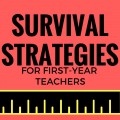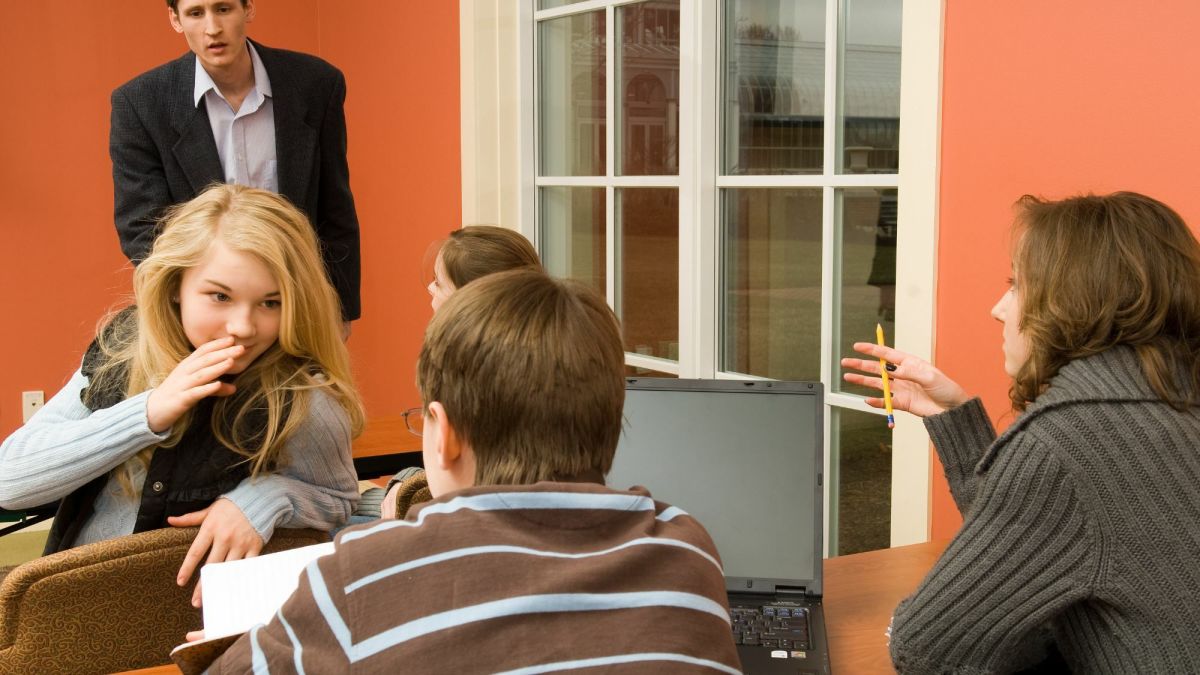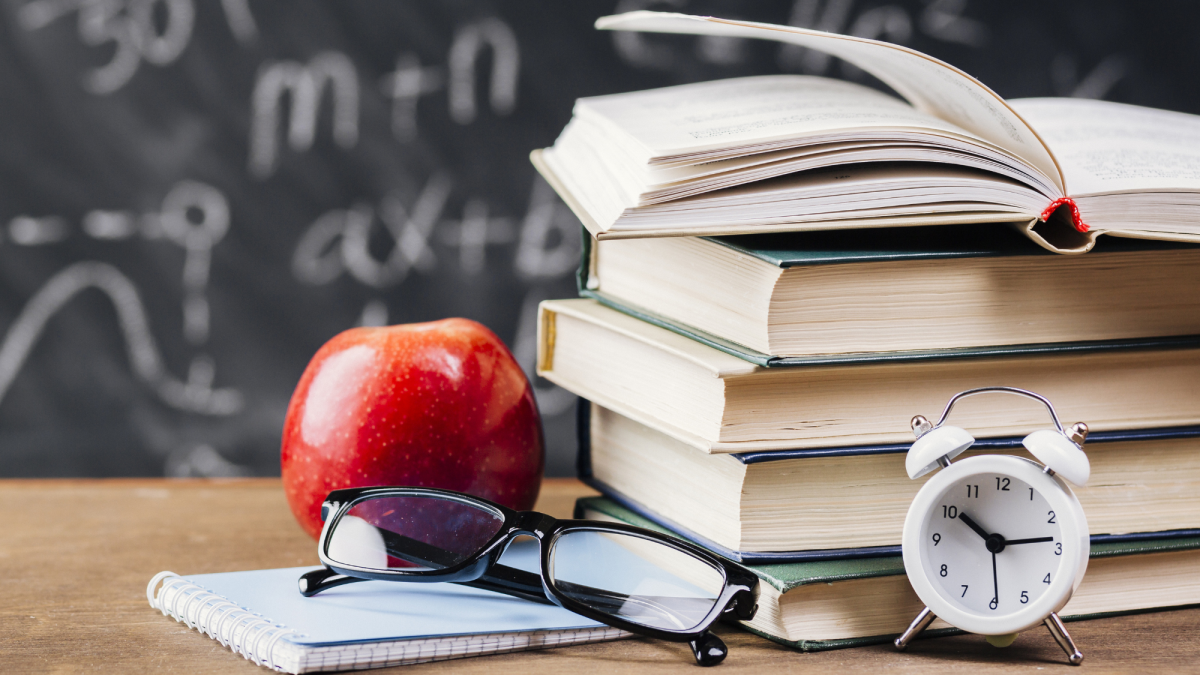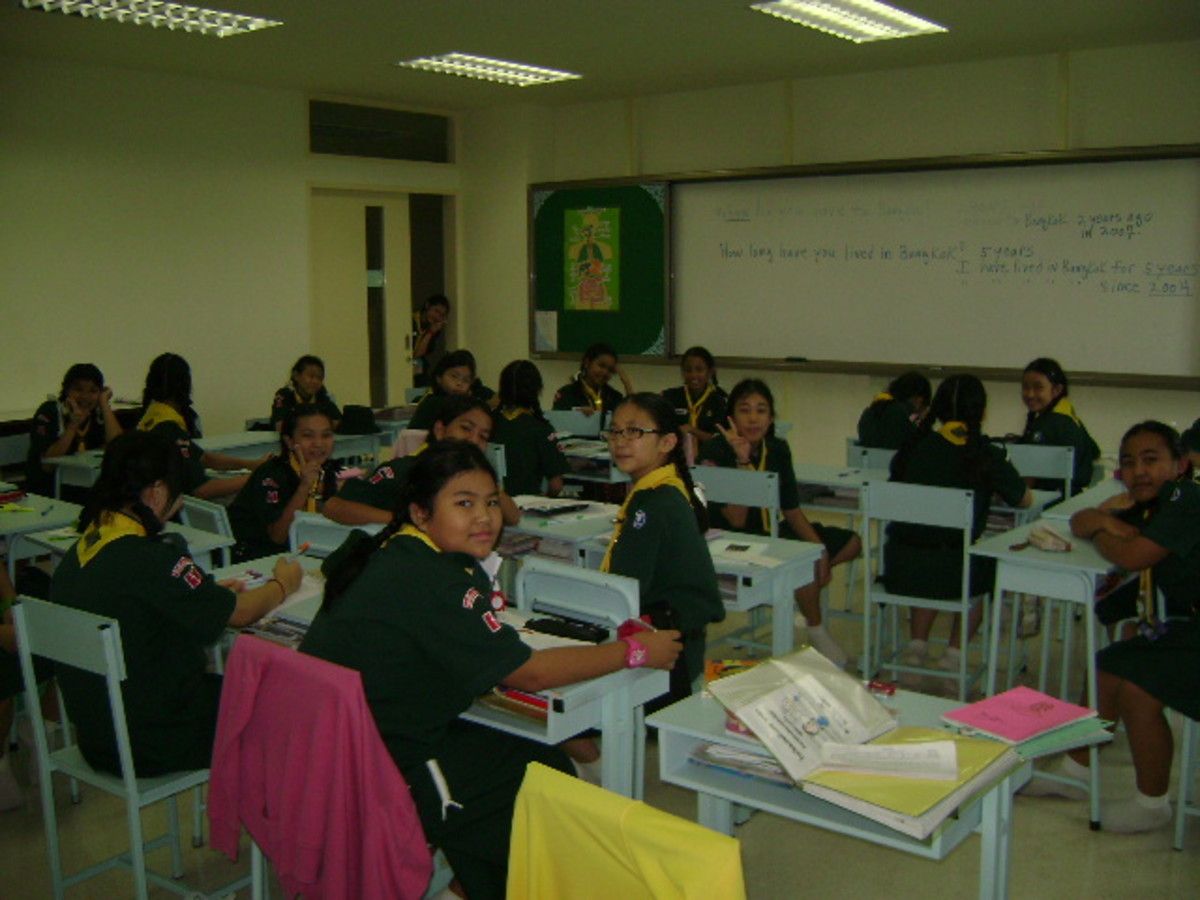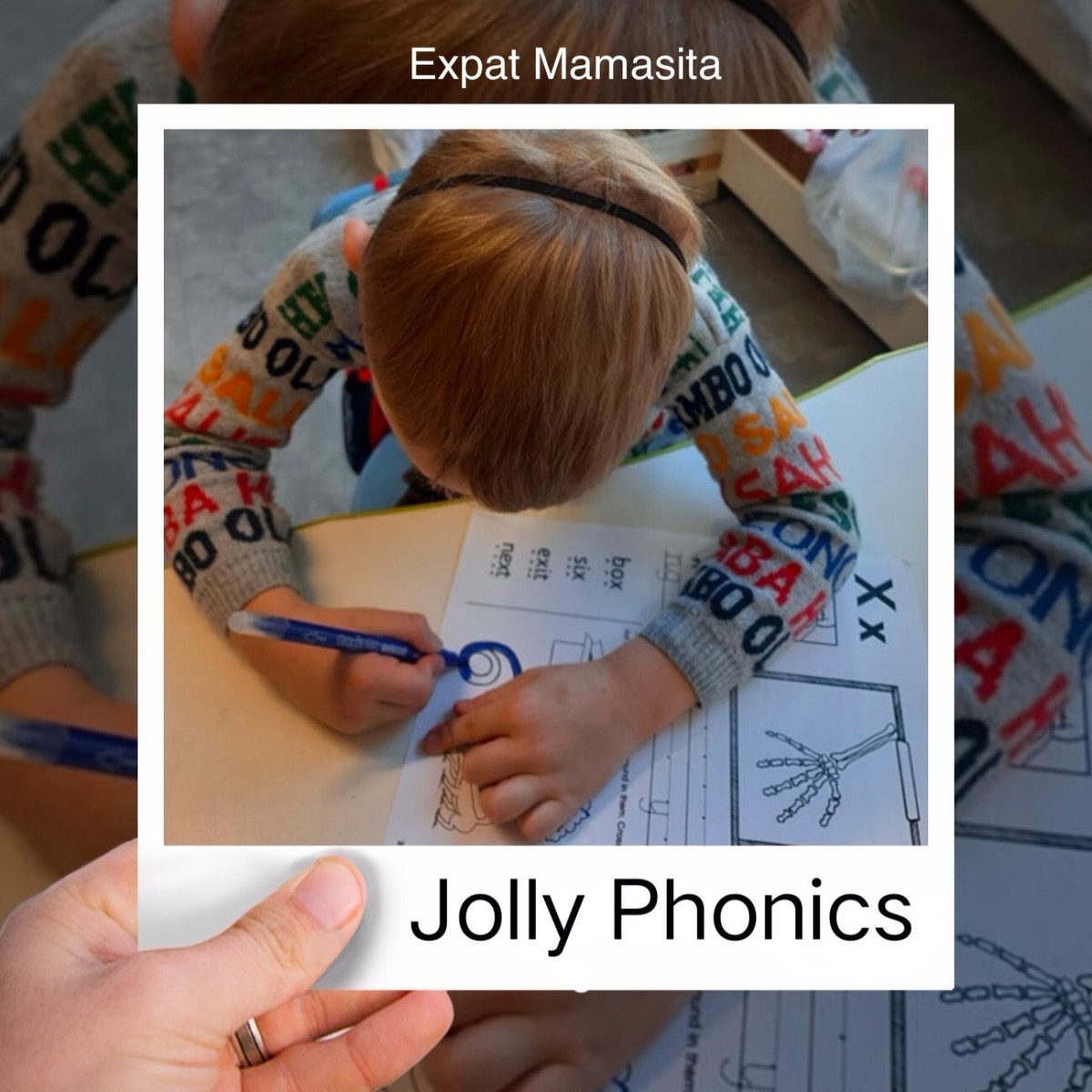Successful Classroom Management
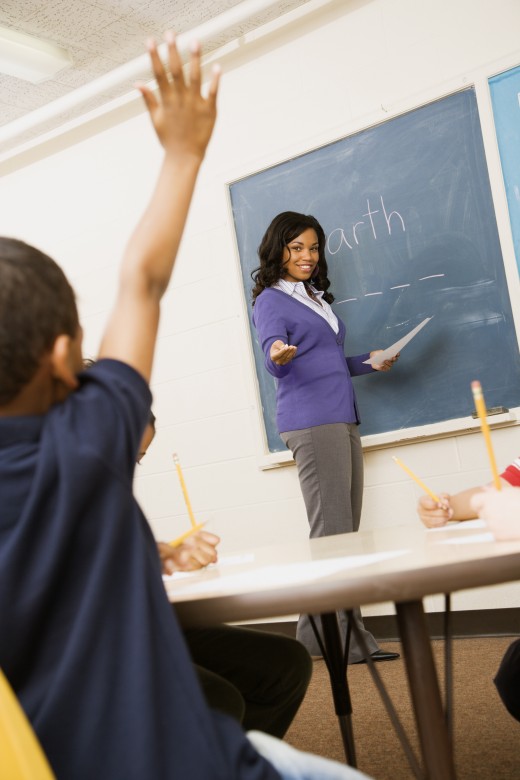
Introduction
There are many methods that can insure successful classroom discipline. Some of these techniques were identified in an article written in September 1986. Even though it has been over twenty years since Thomas R McDaniel wrote an article entitled “A Primer on Classroom Discipline: Principles Old and New” we can still achieve effective group management and control by adapting the concepts introduced in that article.
Focusing
Before you commence a lesson it is important to insure that you have the attention of everyone in your classroom. It would be ineffective to attempt to teach over the babble of students who are not listening carefully to your lesson. The less experienced educators may occasionally suppose that by commencement of their lesson, the class will become less restless.
The inexperienced instructor will misinterprets his/her actions; believing that when children observe things in progress; it is the moment in time to go to work. On occasion this happens, but more than likely the children will continue their distractions, thinking that you are prepared to compete with them. Students will surmise that it is permissible for them to communicate while you are talking.
When implementing the Focusing Technique, you are demanding the attention of students before you initiate the lesson. The day’s lesson will not start until everyone has settled down and you must wait until this is achieved. The experienced teachers understand that the utilization of silence on their part is extremely effective. These instructors will further emphasize their waiting by lengthening it 5 to 10 seconds after the classroom is totally quiet. Then the lesson begins with the teacher using a quieter voice than usual.
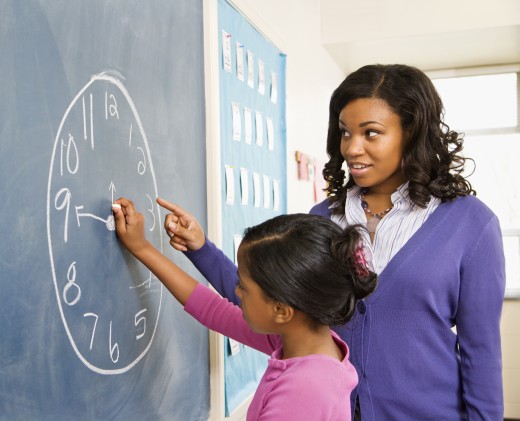
Monitoring
Circulation is the means of successfully implementing this principle. This requires that the instructor actively moves around the room. The instructors can observe the progress of their students by visiting the various students and observing their progress. This should not be a practice reserved during examinations only!
Within minutes subsequent to students beginning their written assignments, effective teachers will traverse the entire room. They will confirm that each student has begun, maintains an acceptable level of advancement and identifies their work by affixing their name on their assignments. Highly motivated instructors want their students to succeed. This is why observation is so important. It can help identify problems early and encourage students to perform at maximum efficiency without disrupting the entire classroom. It can also identify whether there a necessity to incorporate individualized instruction.
Modeling
In referencing McDaniel’s article, there is an antidote that states: "Values are caught, not taught." Courteous, prompt, enthusiastic, in control, patient, and organized instructors provide paradigms for their students by demonstration in their own behavior. The teacher who lacks temperance will have difficulty demanding the same characteristic performance from students.
If you desire students to utilize hushed voices in your classroom while they work, you should also employ a calm voice as you progress throughout the classroom facilitating students.
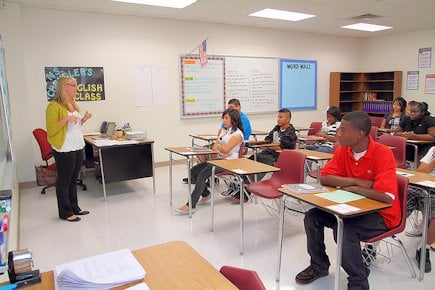
Environmental Control
It is important to make your classroom a very pleasant place that is conductive to learning. Changes in the environment can give students the added enjoyment that is needed periodically. An example would be adding pictures and students’ art work to the Study Center. Characters from stories could be added to the Reading Corner of your classroom as well.
Students may be interested in knowing about their instructors and their interests. Why not incorporate personal things in your classroom. A family photograph, perhaps a small number of items from a hobby or collection on your desk can stimulate personal conversations with your students. When your students become more familiar with you as an individual as well as their instructor, you will notice less disciplinary problems.
Just as you may want to enhance your students classroom performance, there are times when you may want to diminish it as well. You may need a quiet corner with few distractions for the easily excitable students. This student may need to be defused before being allowed to investigate and benefit from the rest of the classroom. Two such techniques that will be introduced are called Low-Profile Intervention and Positive Discipline.
Low-Profile Intervention
When confrontation escalates, the traditional response is to refer students to the principal's office. This generally happens after the teacher and student become involved in a verbal maelstrom. When the teacher’s intervention is quiet and calm the verbal sparring can generally be avoided. However, when students display maximum destructive conduct, a trip to the principal’s office is a very valid response.

Positive Discipline
Incorporating classroom rules that illustrate accepted behaviors instead of focusing on things that students should not do gives students an atmosphere of positive reinforcement. Suggesting that genteel young men and young ladies do not run in the hallways but move in a graceful manner will inspire students to behave in the desired manner. Giving the students the feeling that they are someone very special and explaining to them how excited you are to be their teacher will also encourage proper behavior. Other students, when they observe one in their ranks not “living up to standards” will be quick to admonish them. Give your students some empowerment in classroom self-discipline.
Be sure to make abundant use of praise. When acceptable behavior is demonstrated, acknowledge it. Teachers can acknowledge this in a number of ways: verbally, a nod of the head, a smile or even "thumbs up" will strengthen the behavior.
There are many different methods or procedures that can be used to help effectively manage classroom behavior. Some of them are negative and will not be mentioned because of the serious repercussions that can develop from using them. Instructor should always attempt to utilize the most positively stimulating methods that will not embarrass students but make them understand the necessity of disciplinary actions when warranted.
Effective Classroom Management Skills
Do you demonstrate effective classroom management skills?
© 2014 Jacqueline Williamson BBA MPA MS

